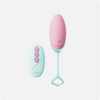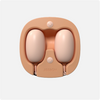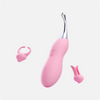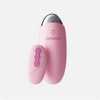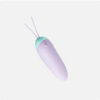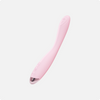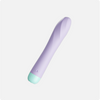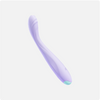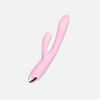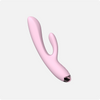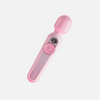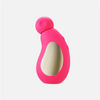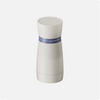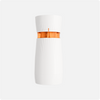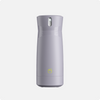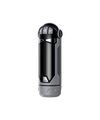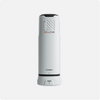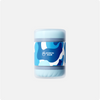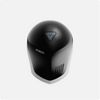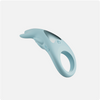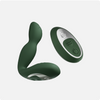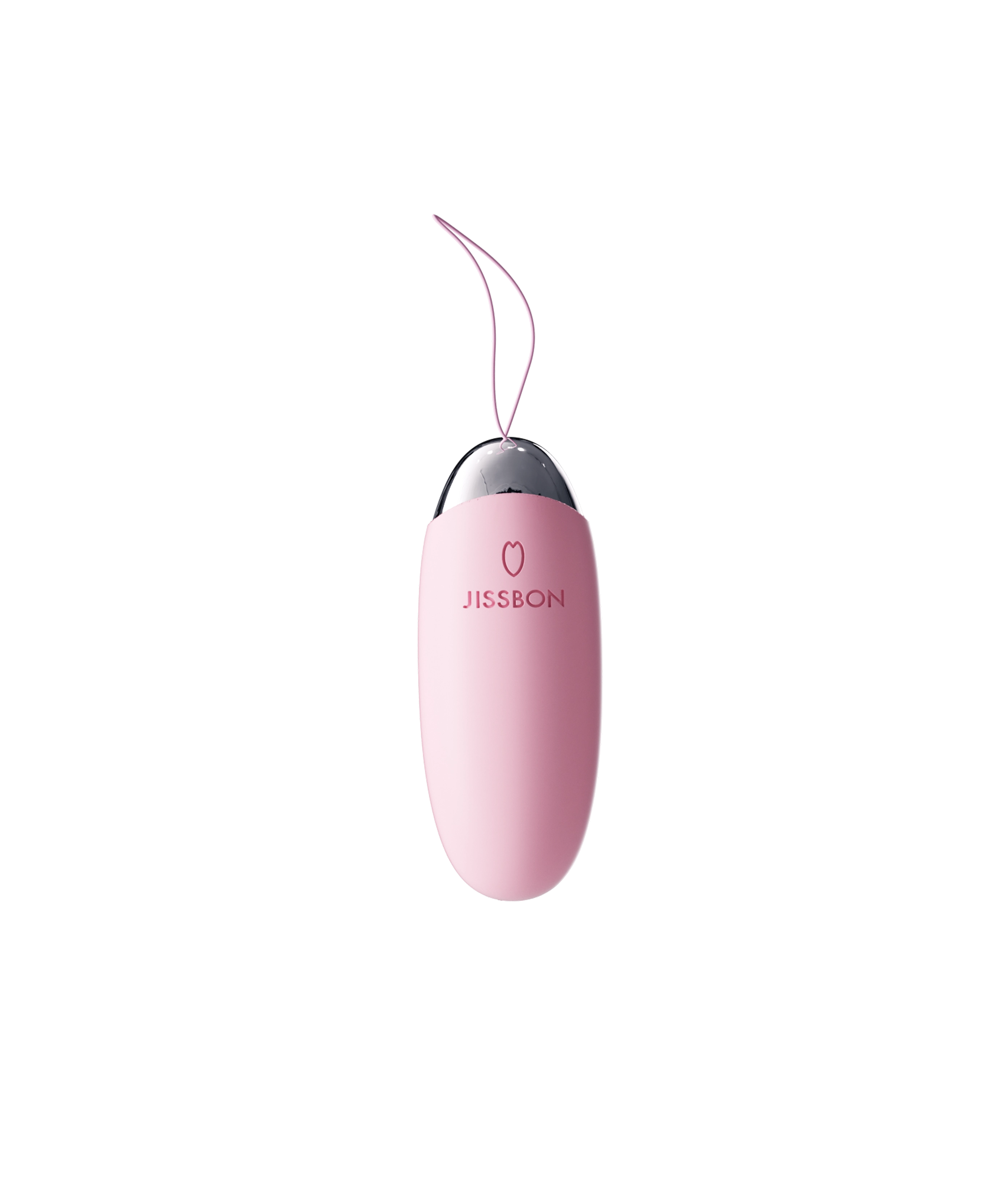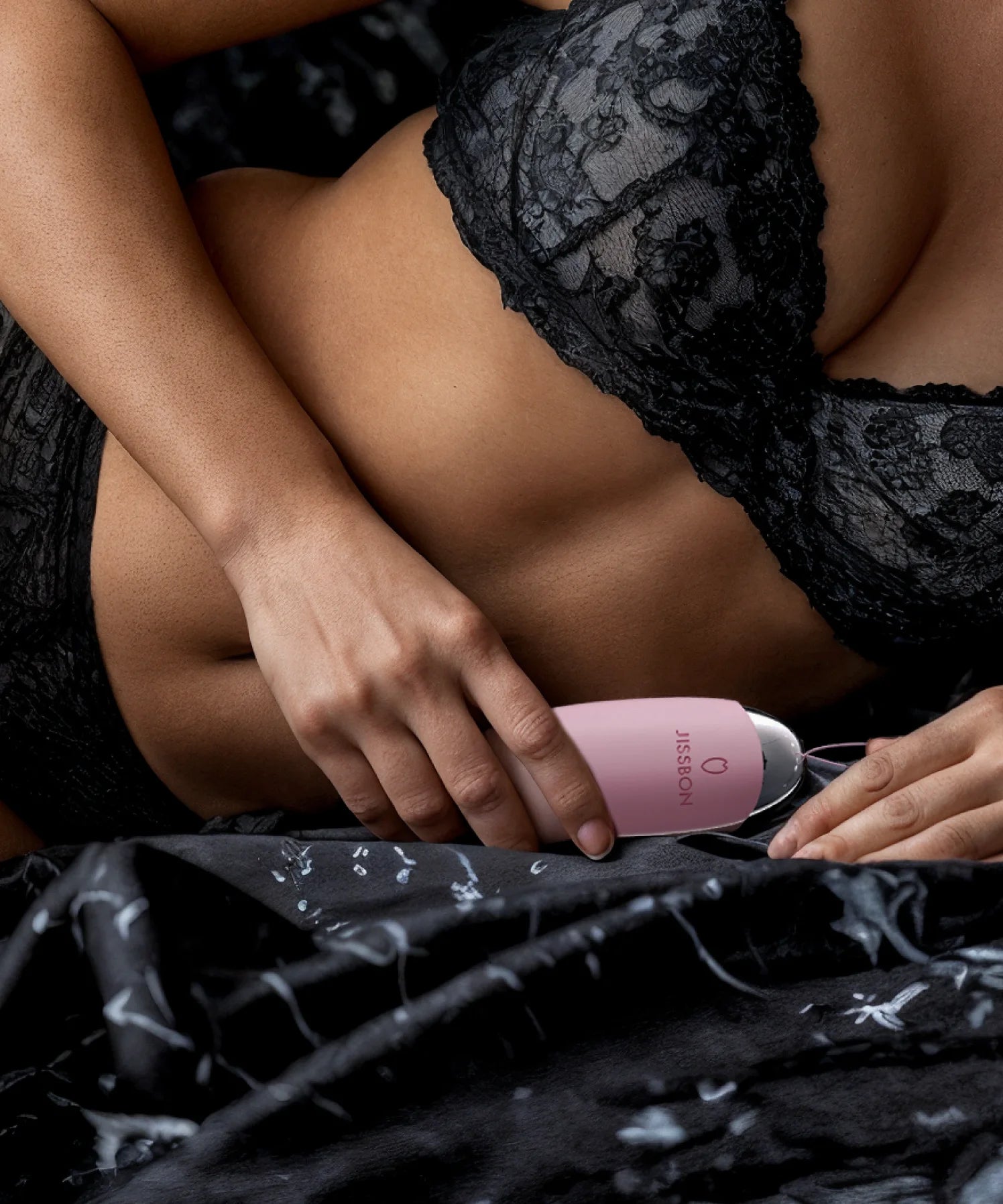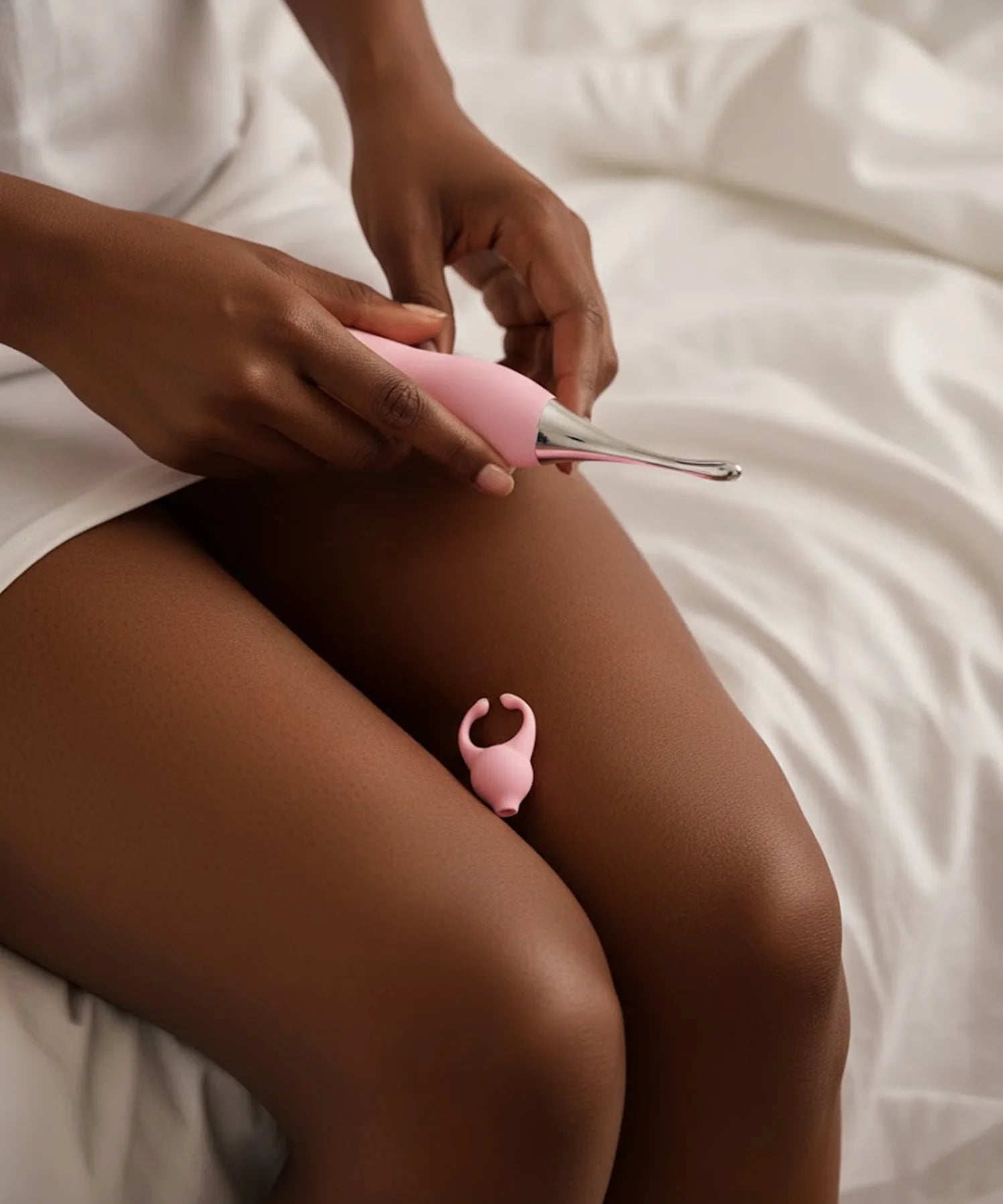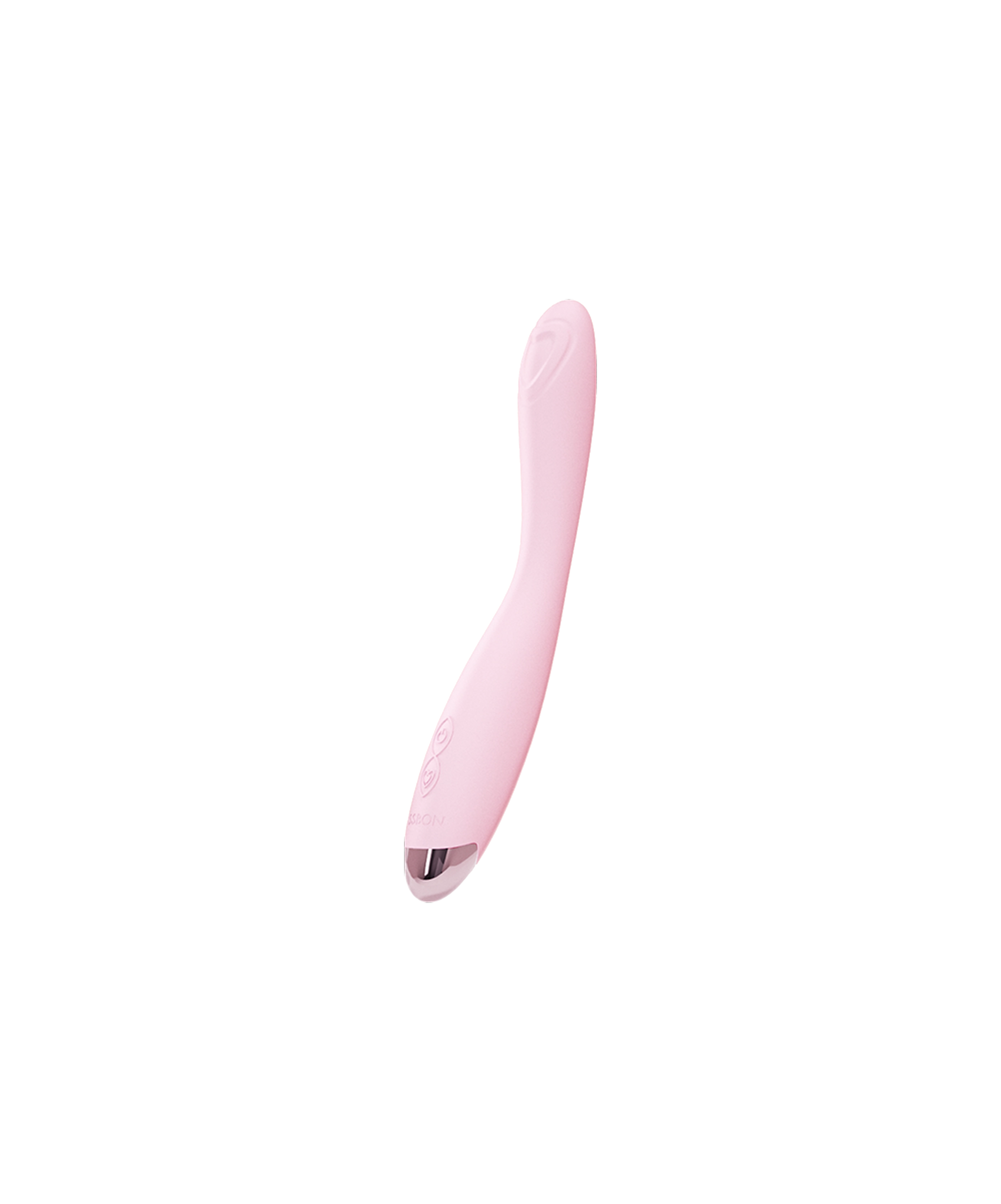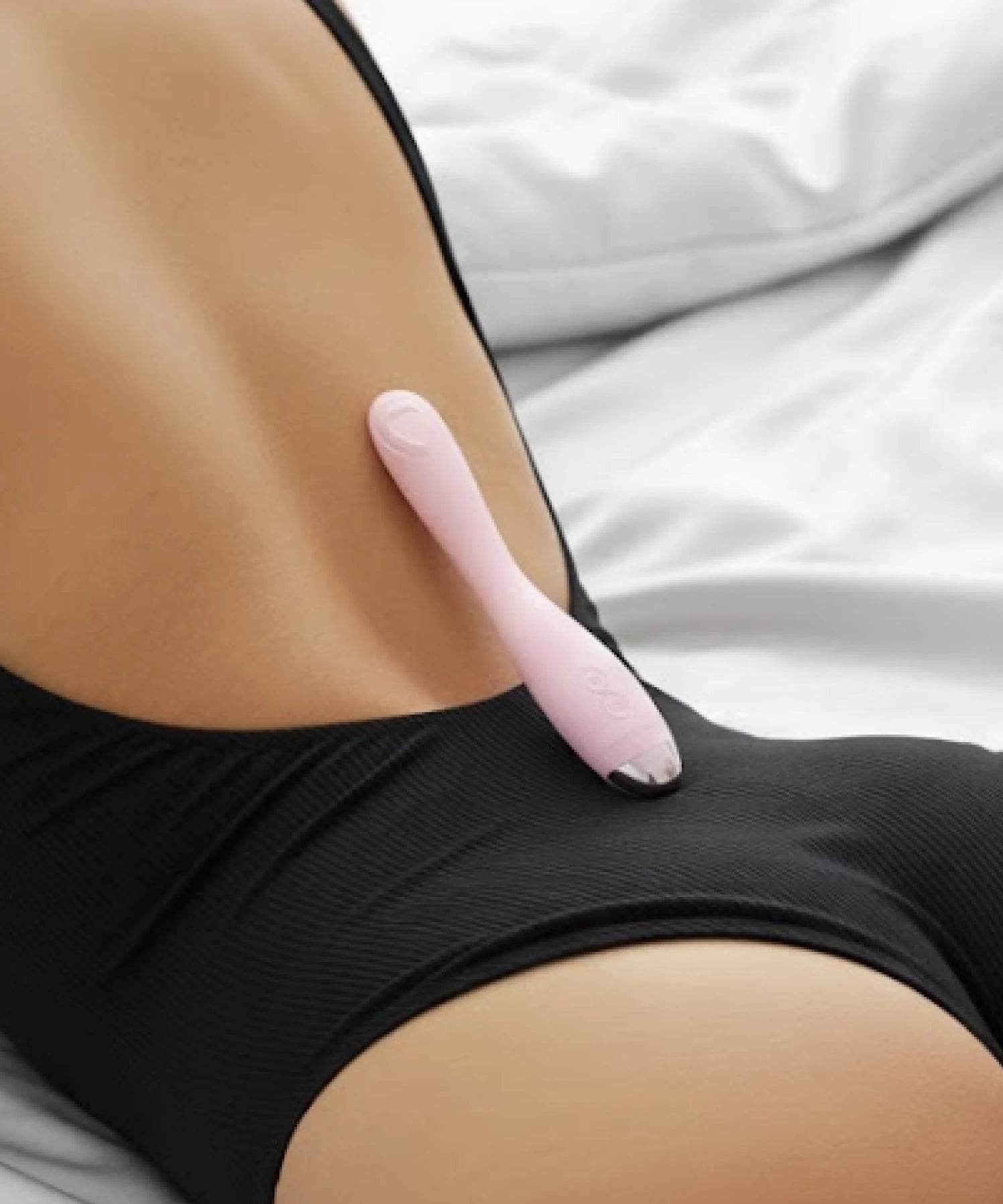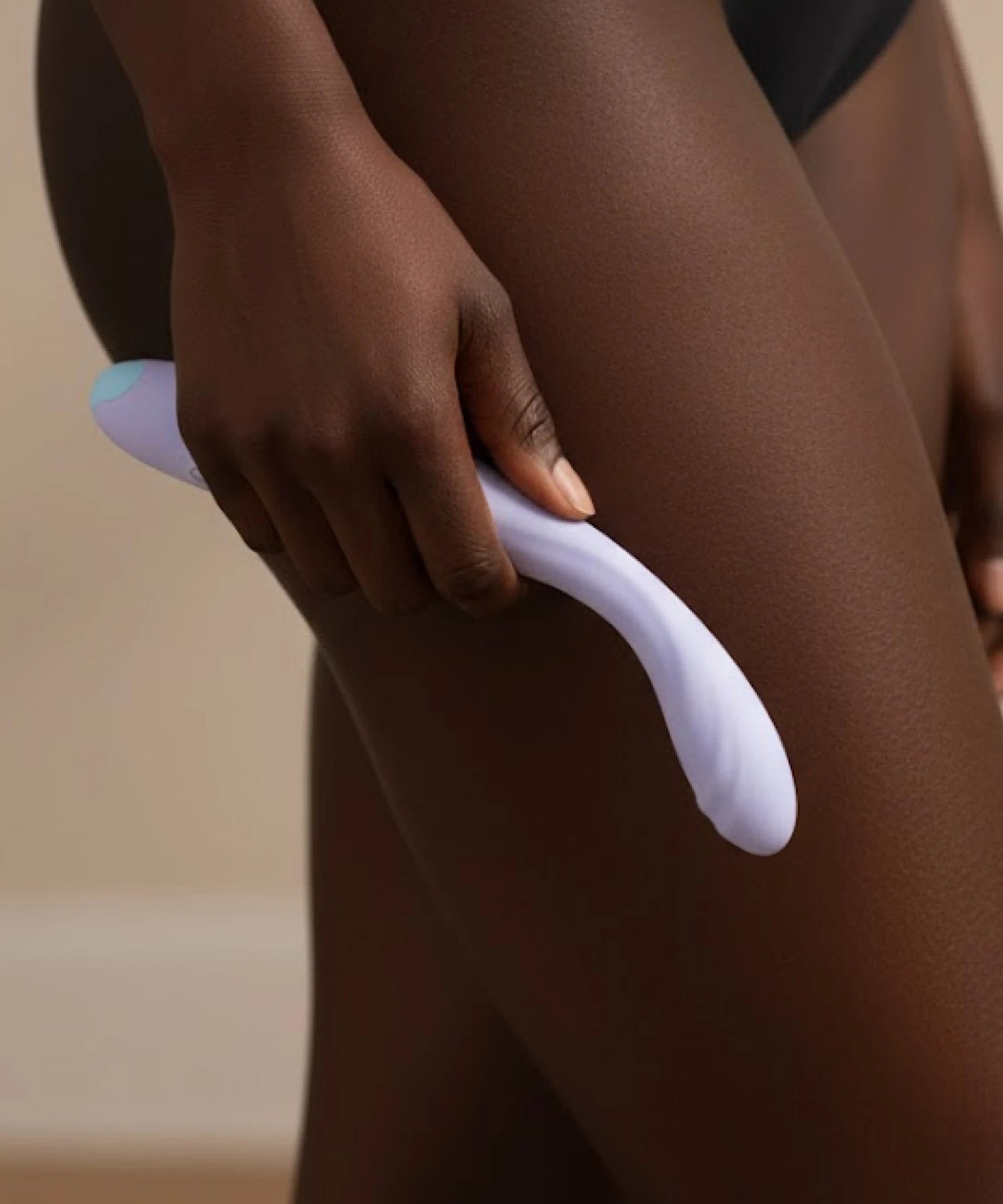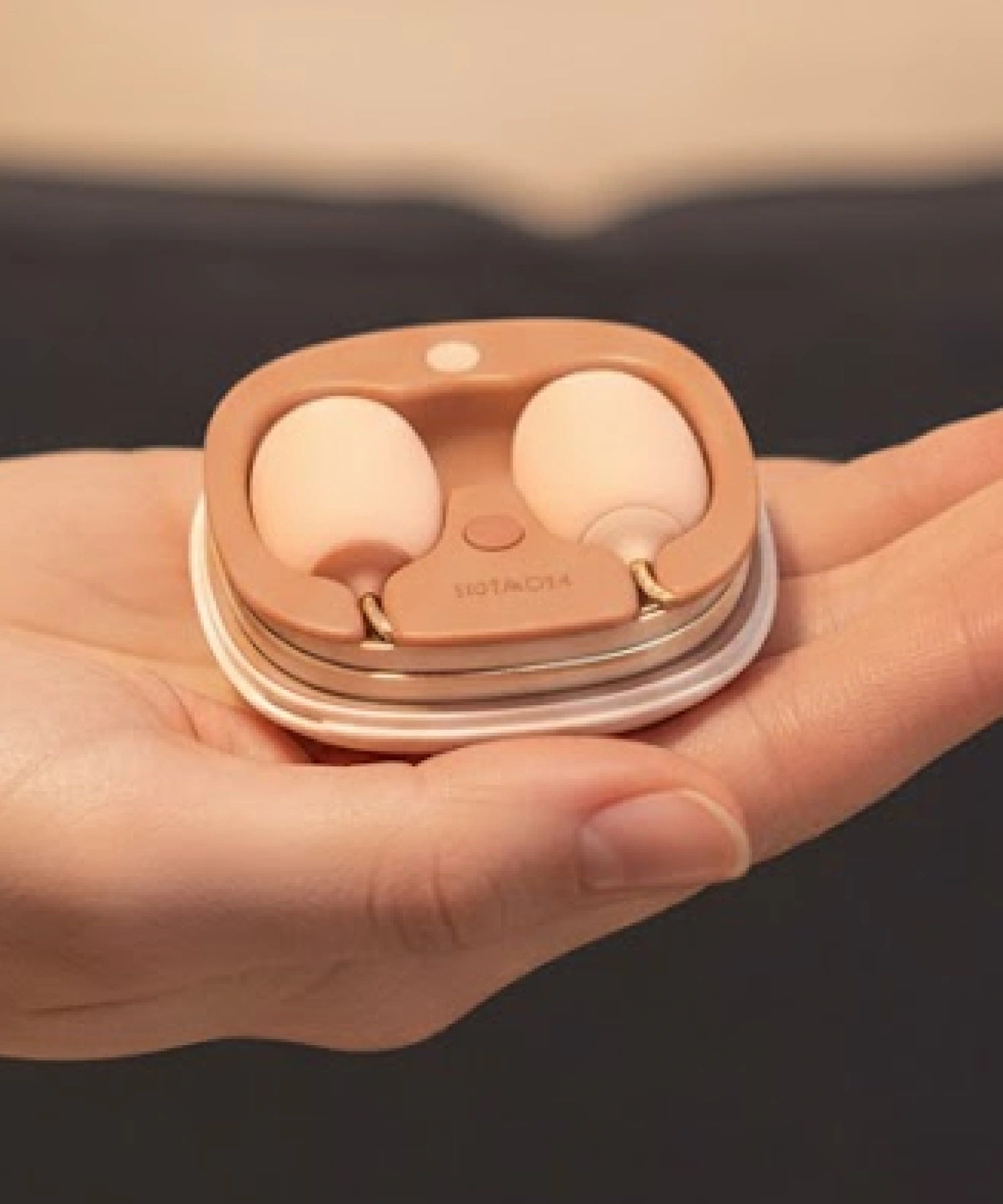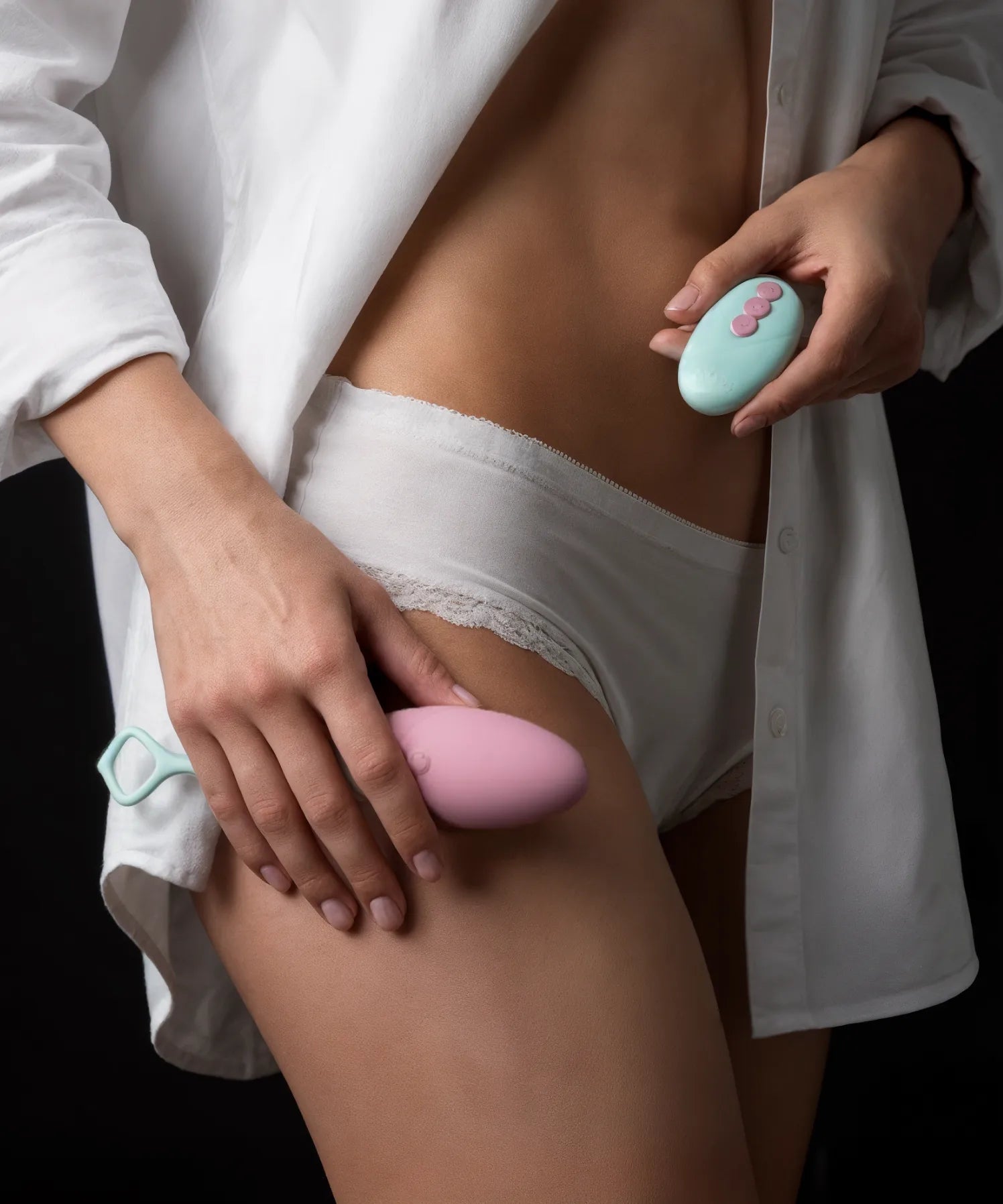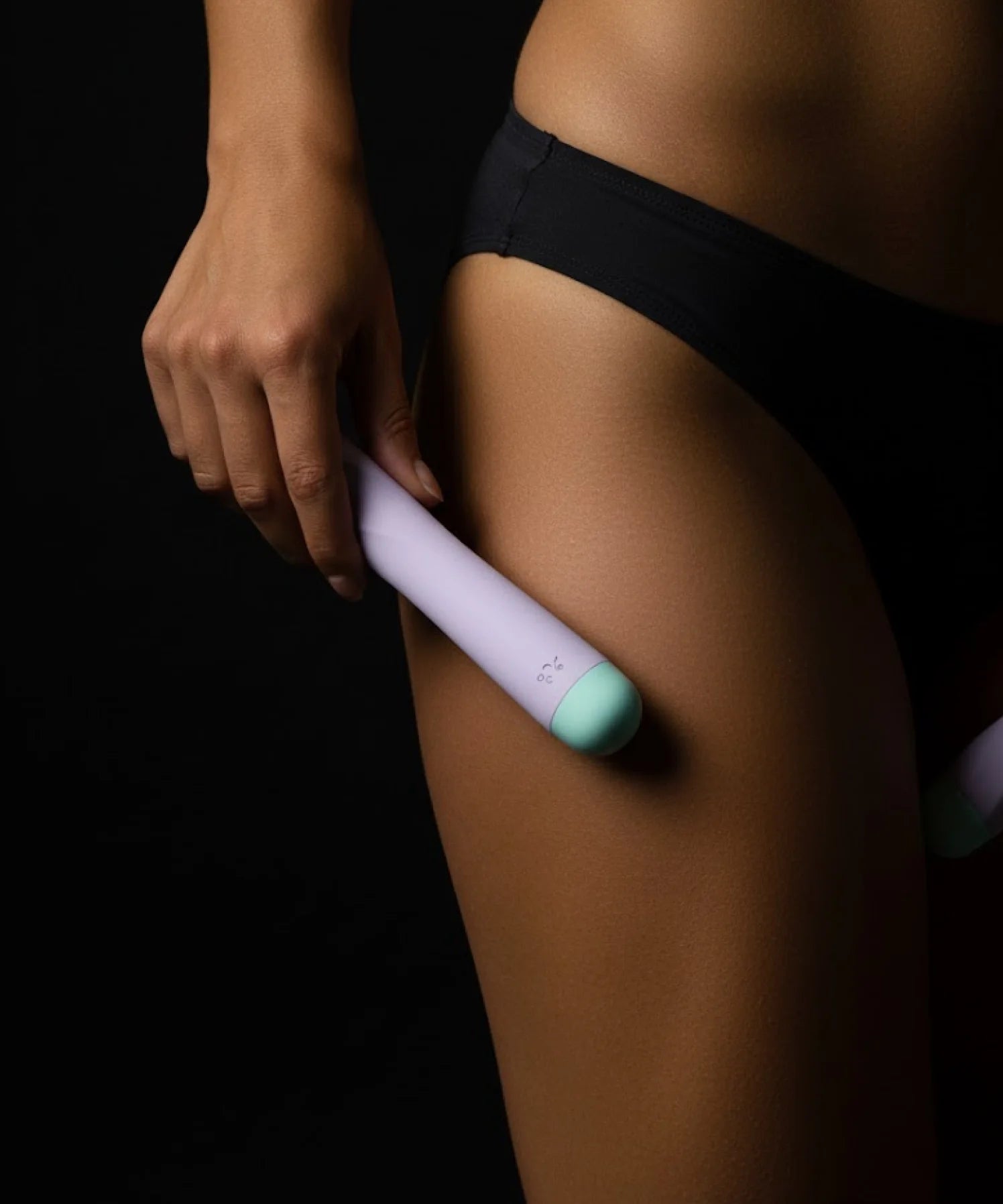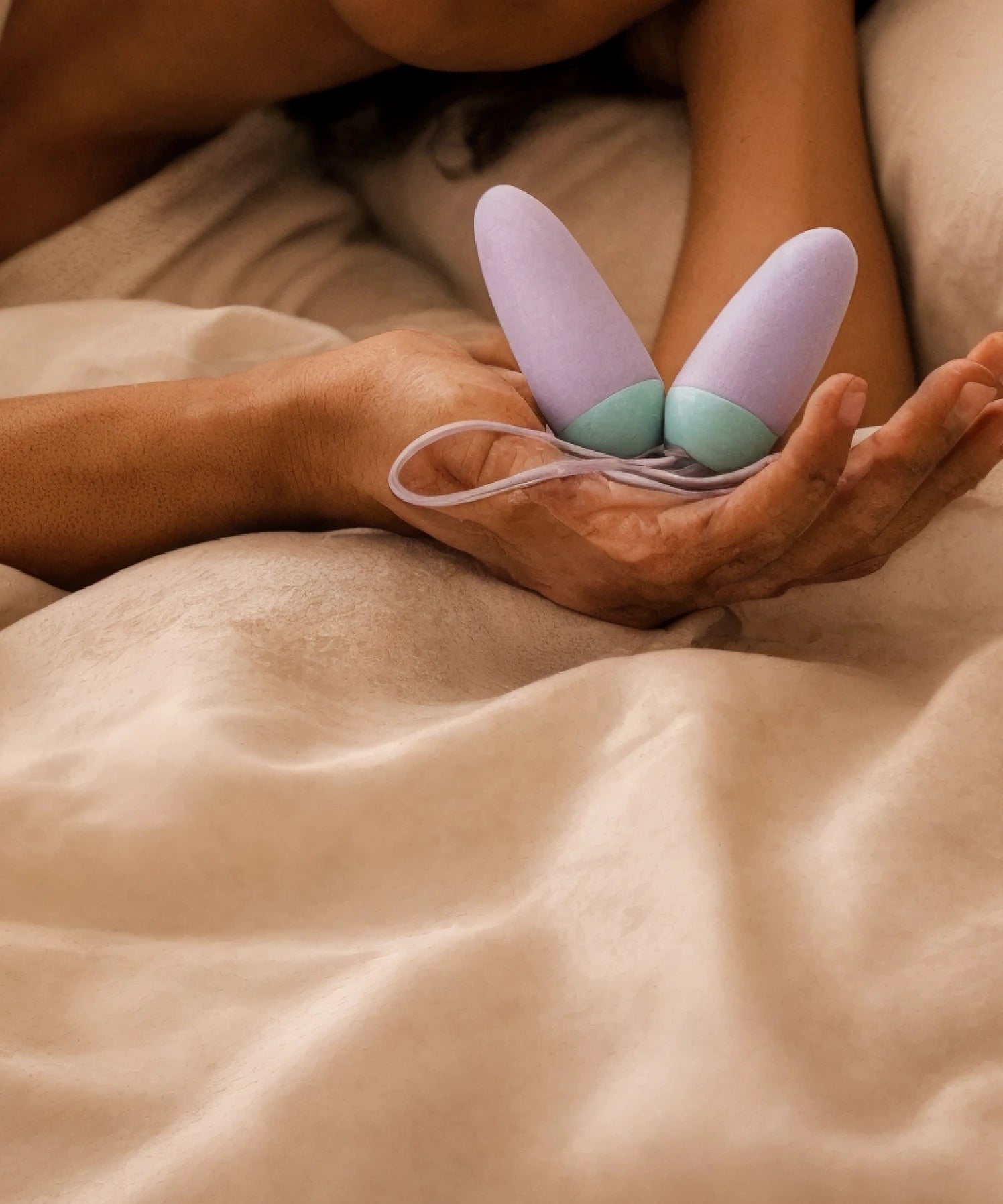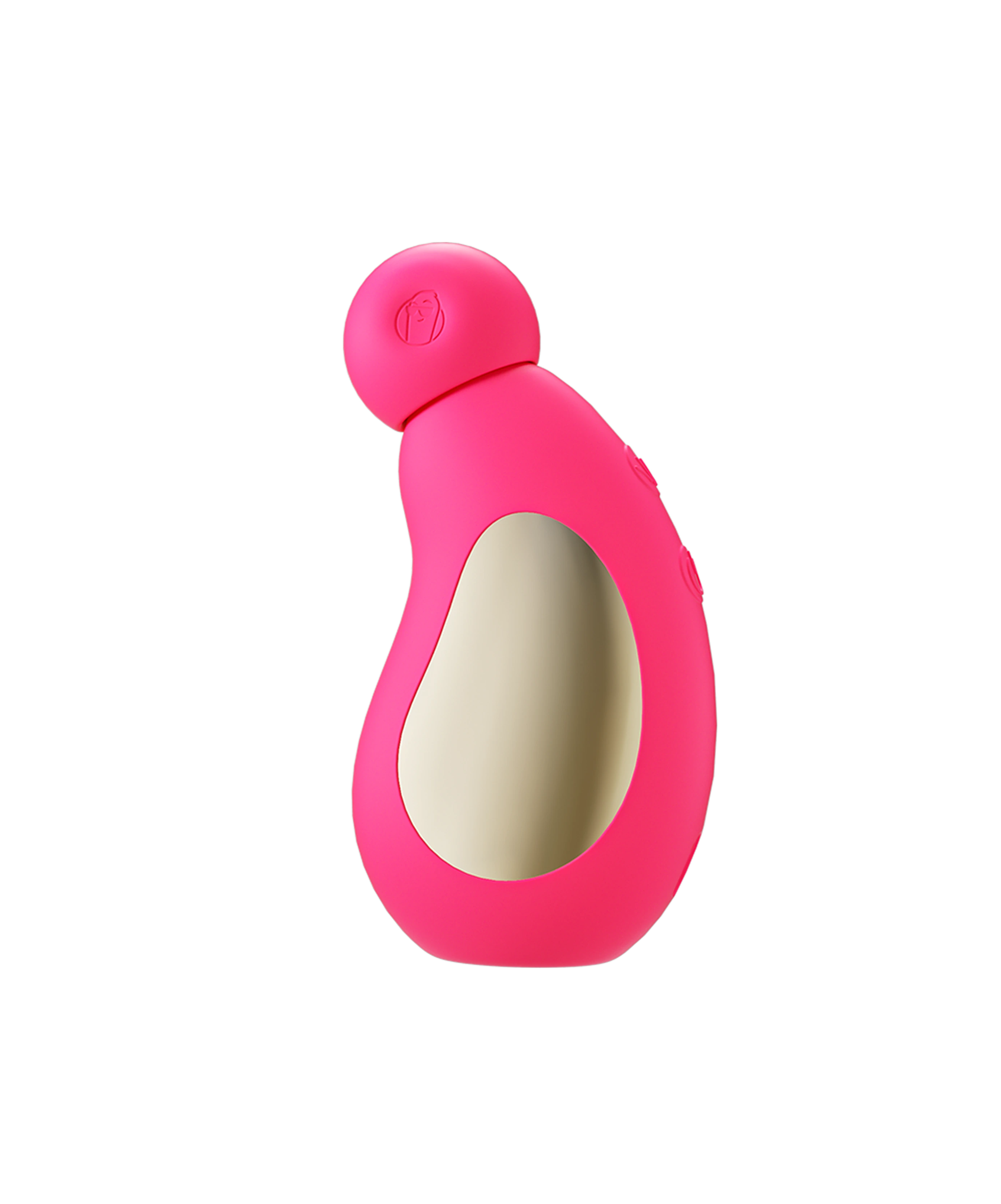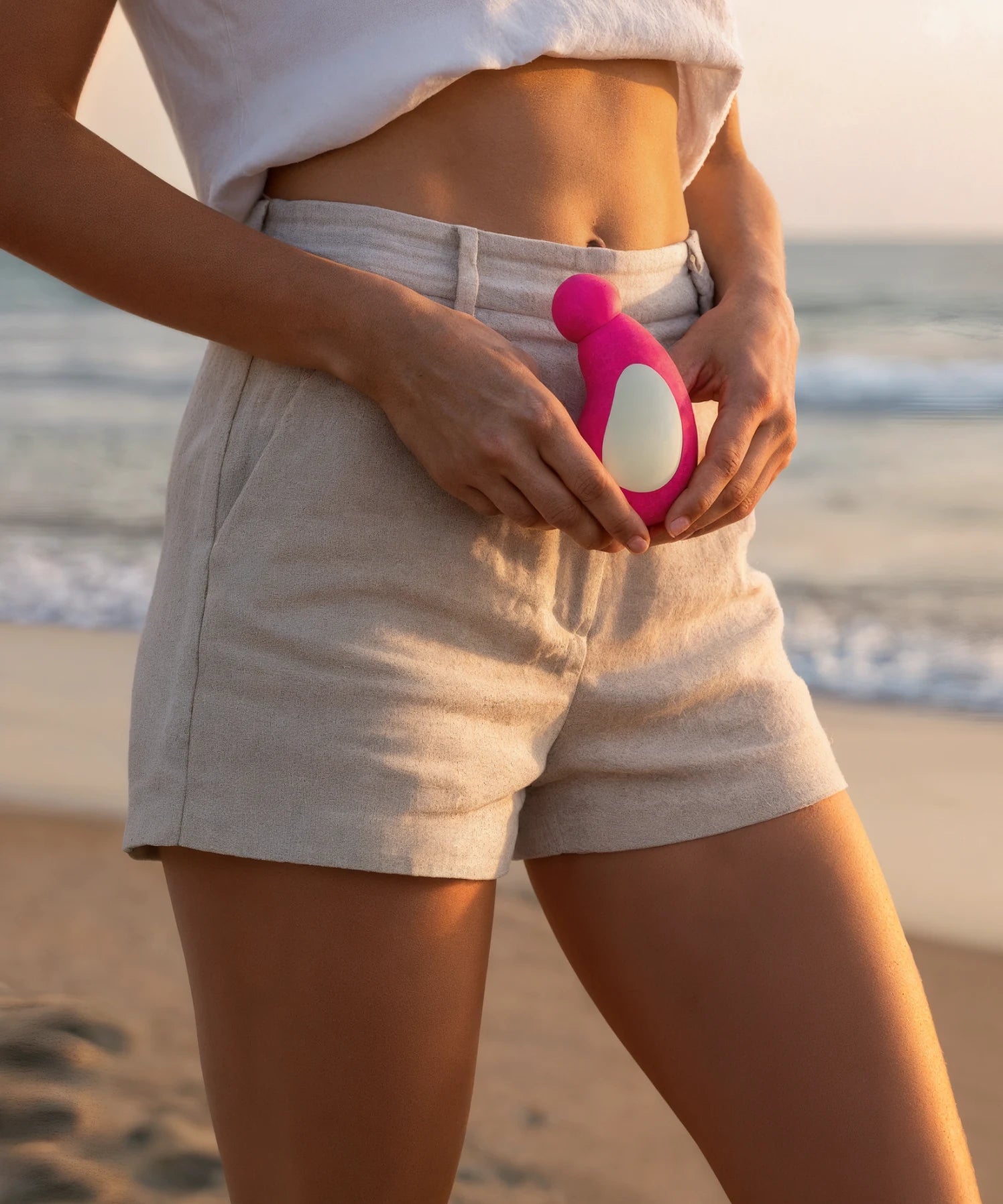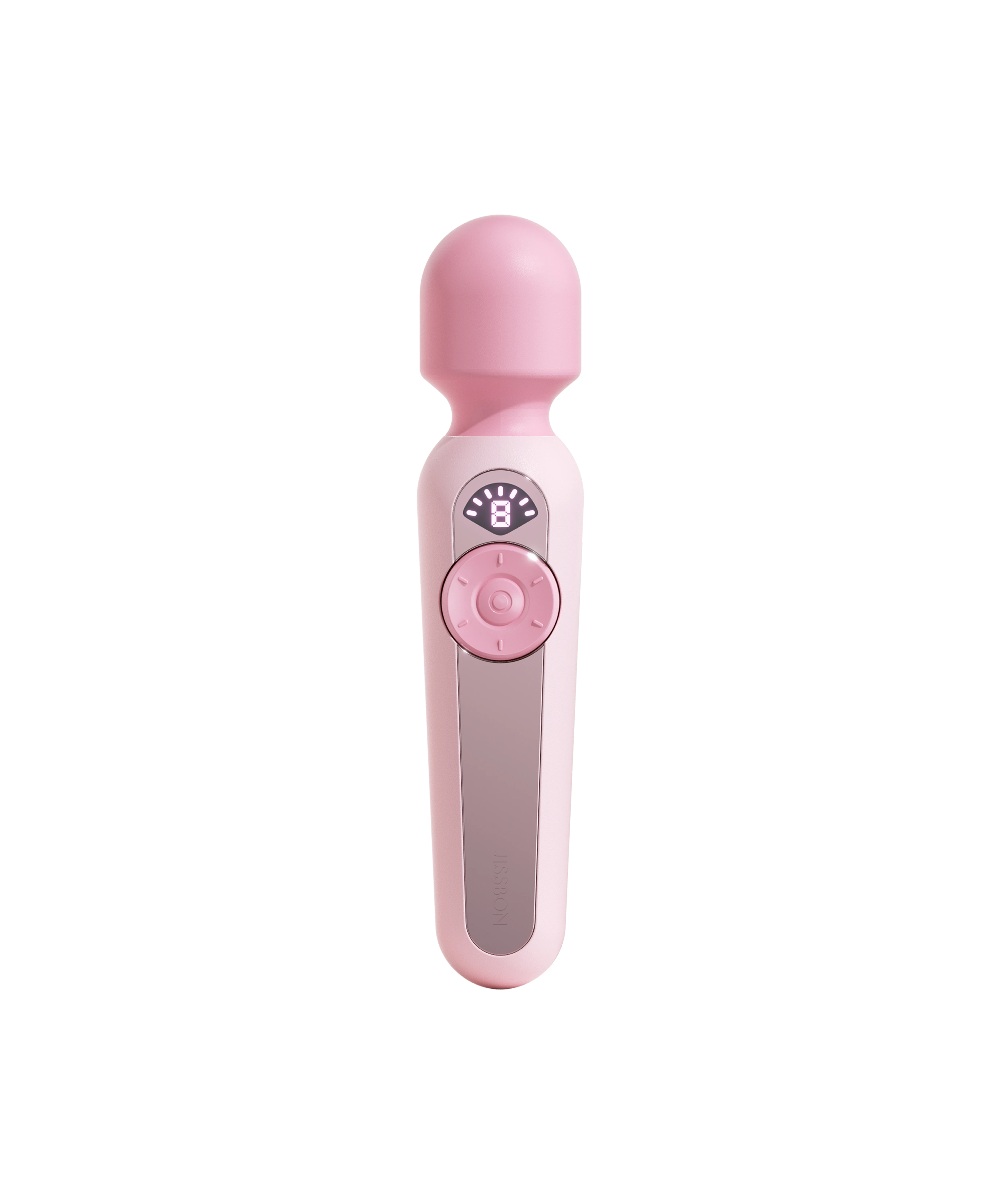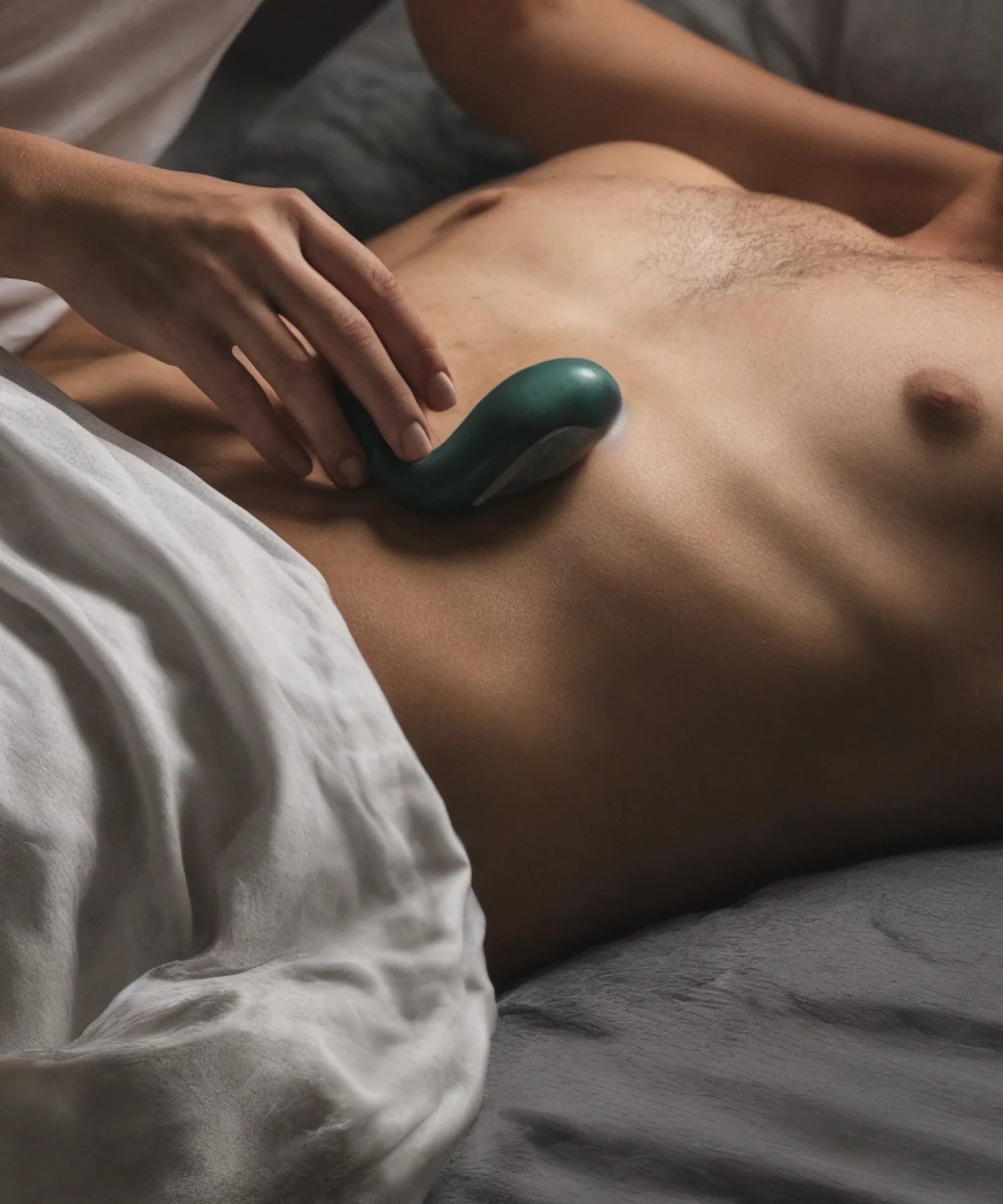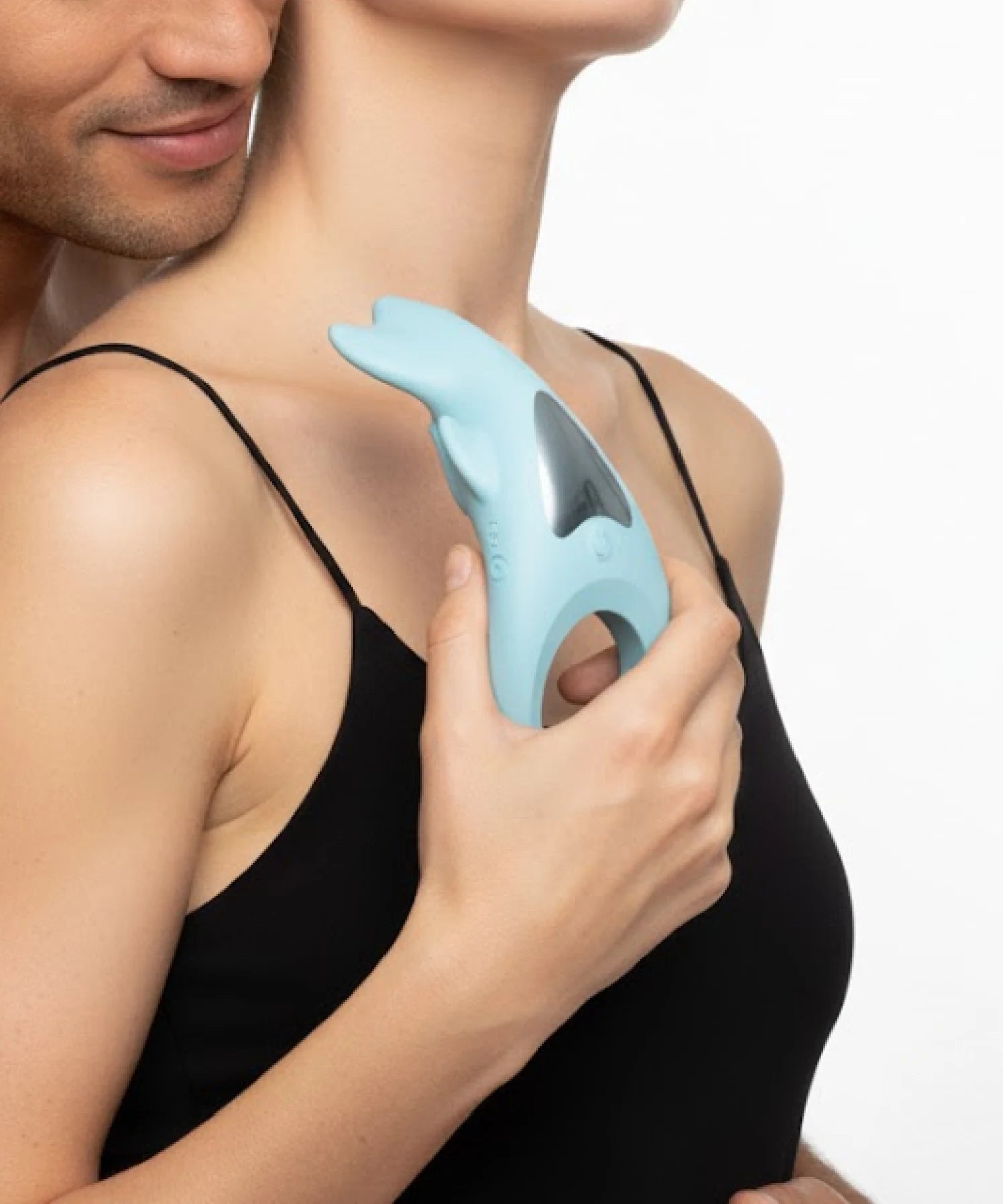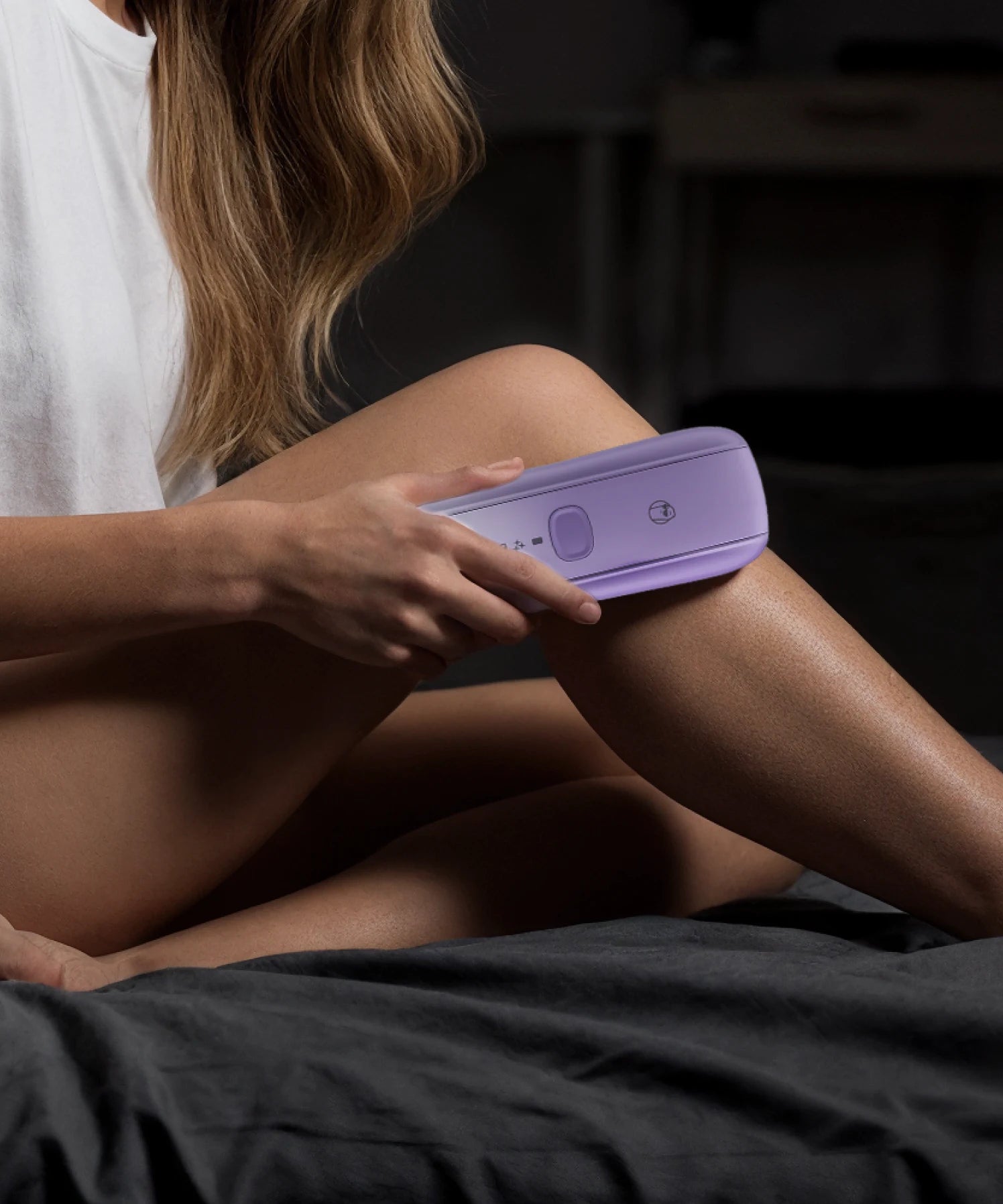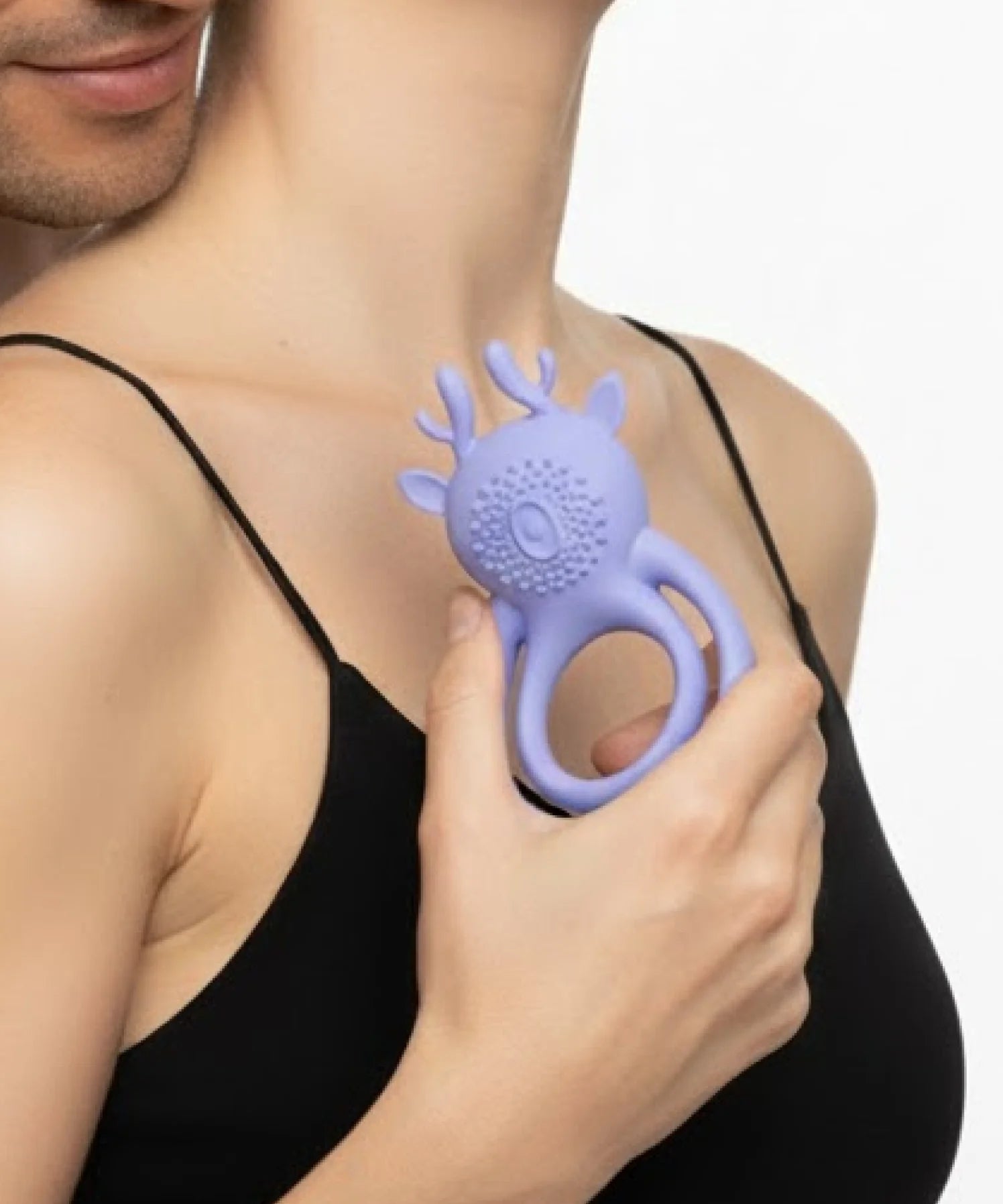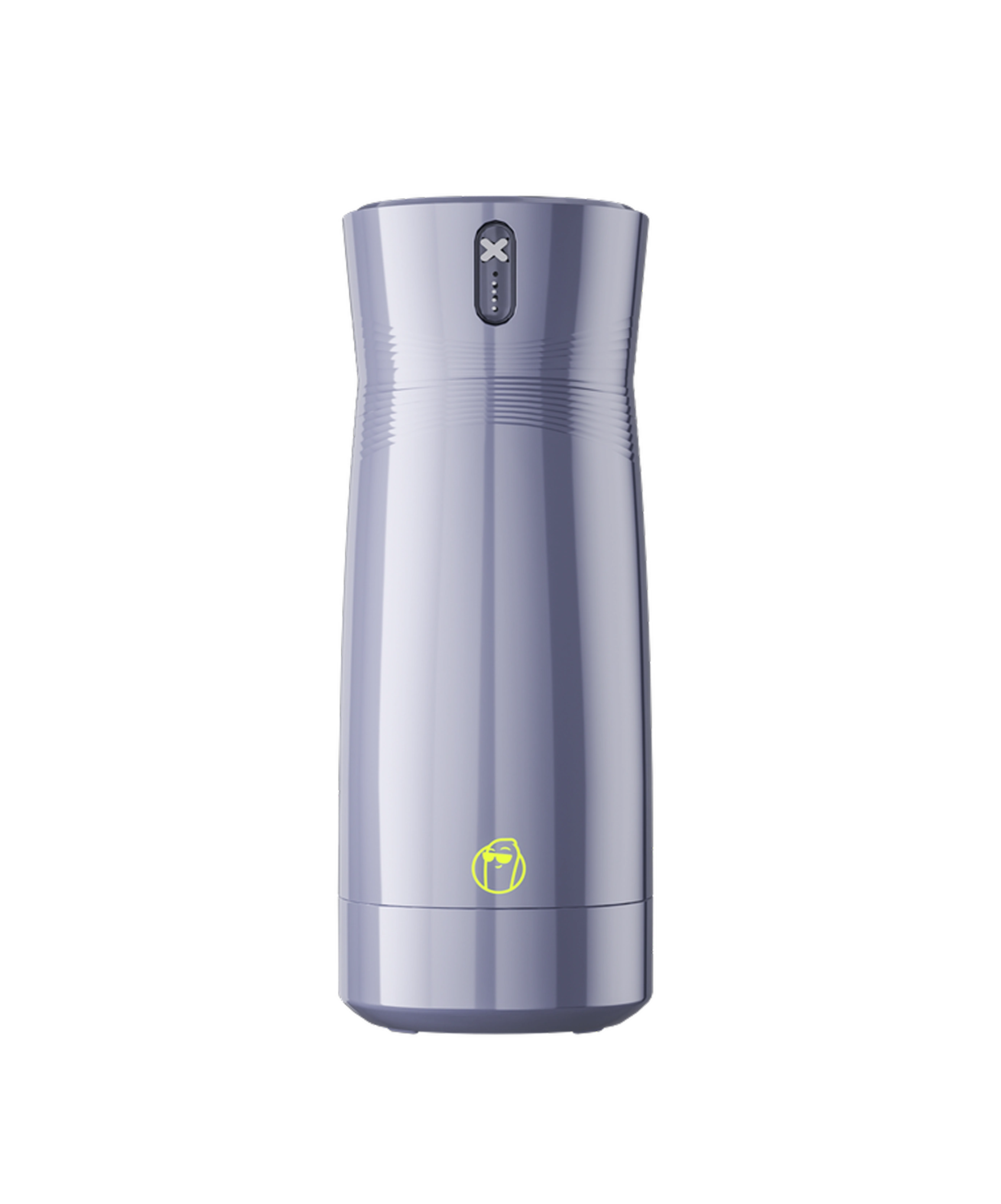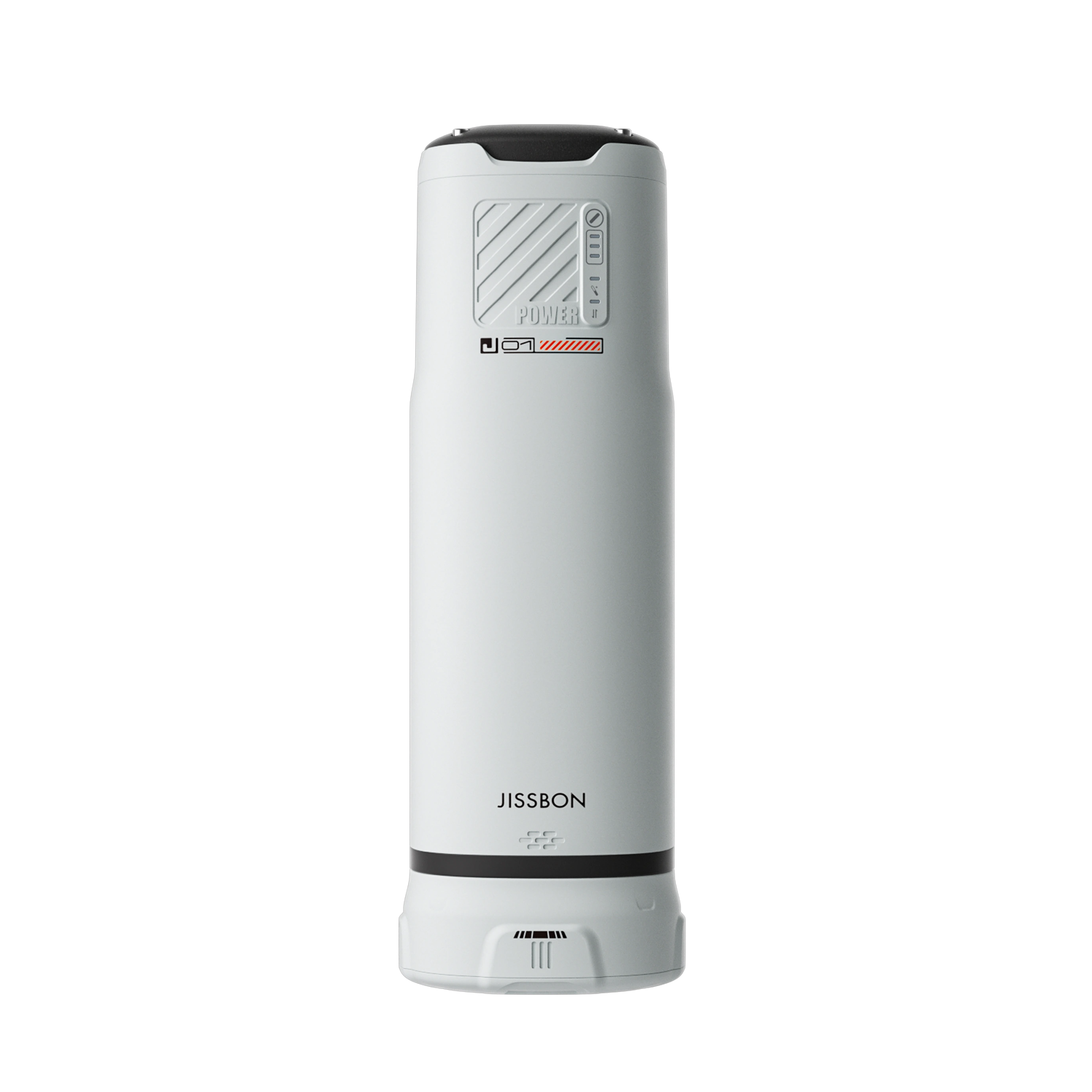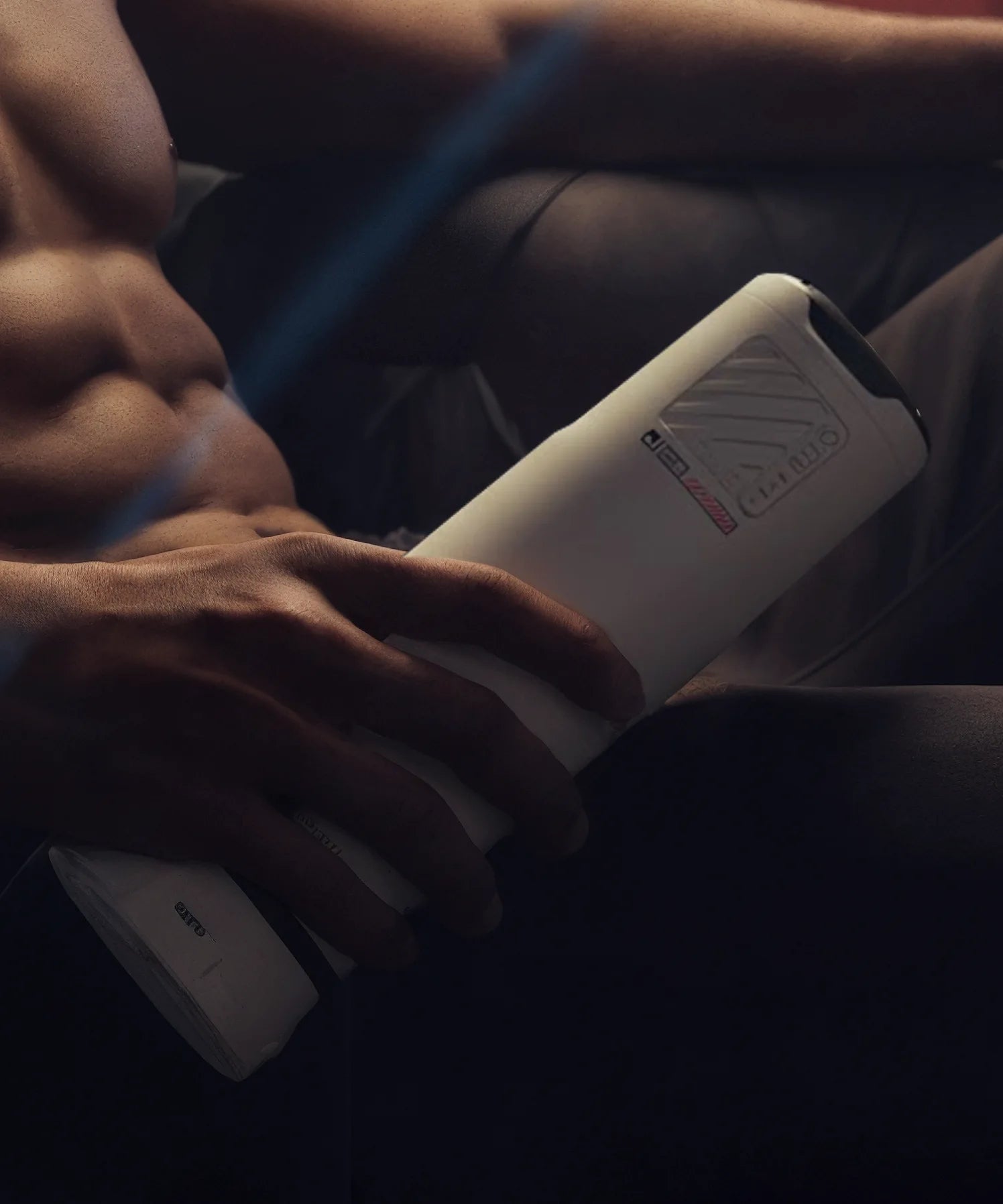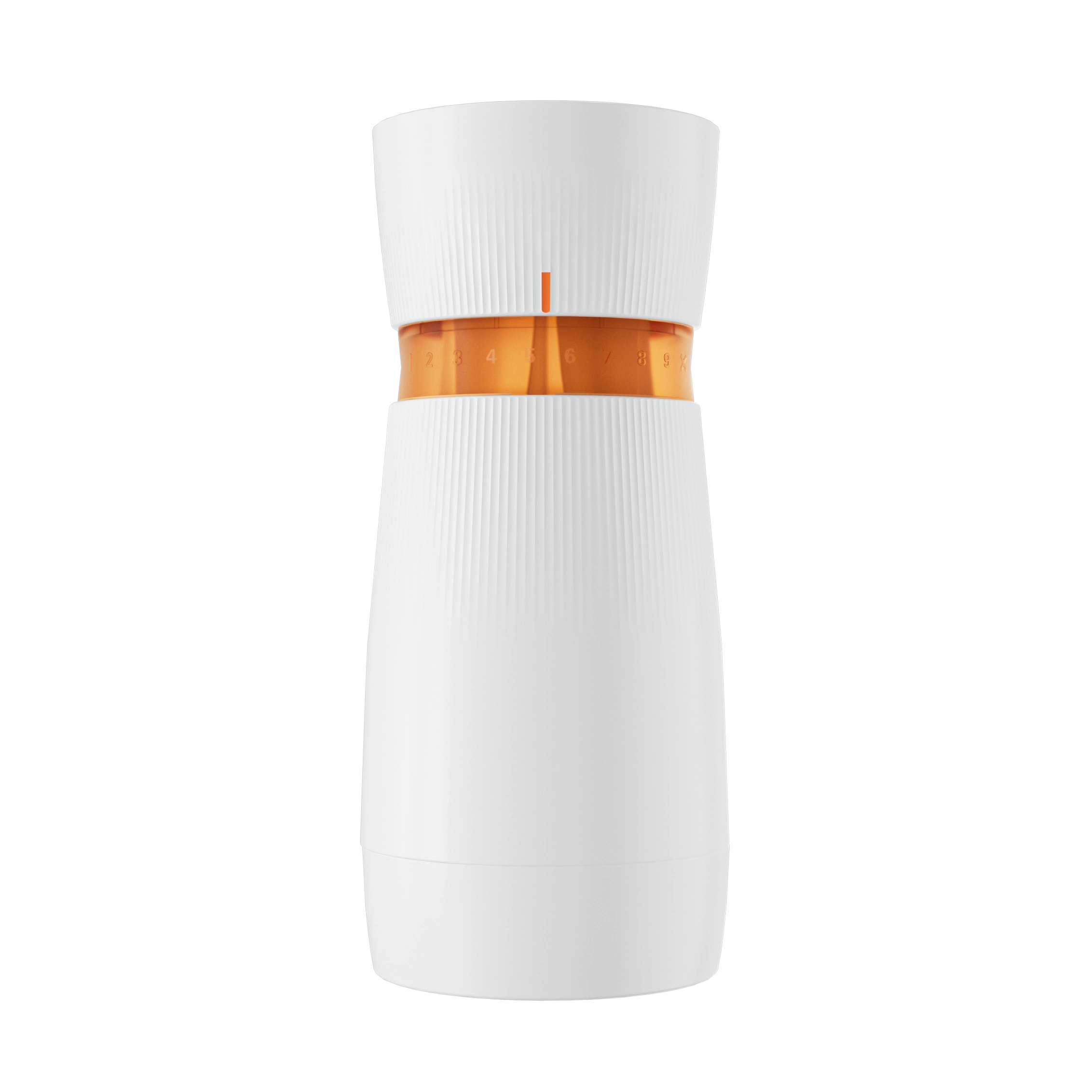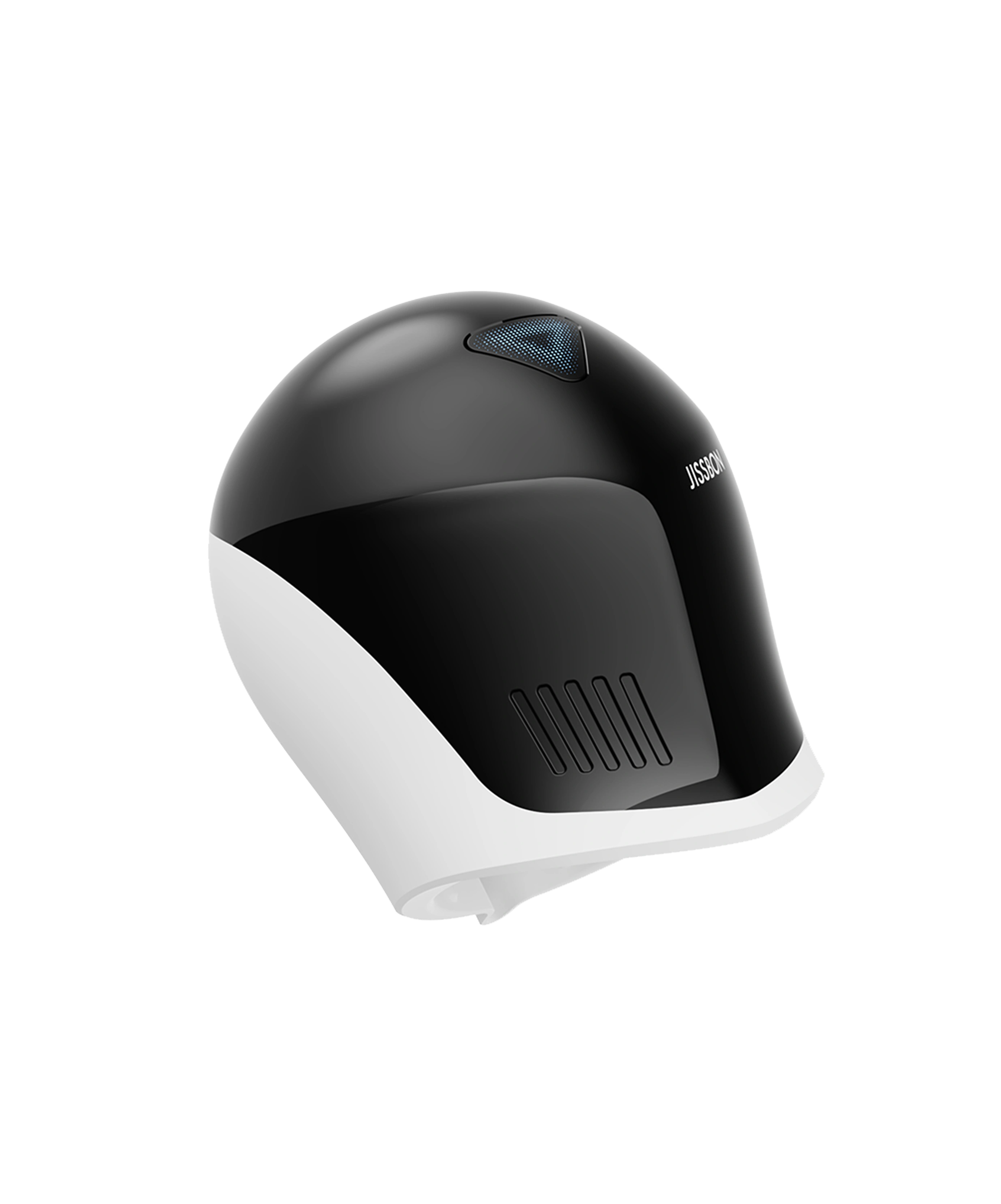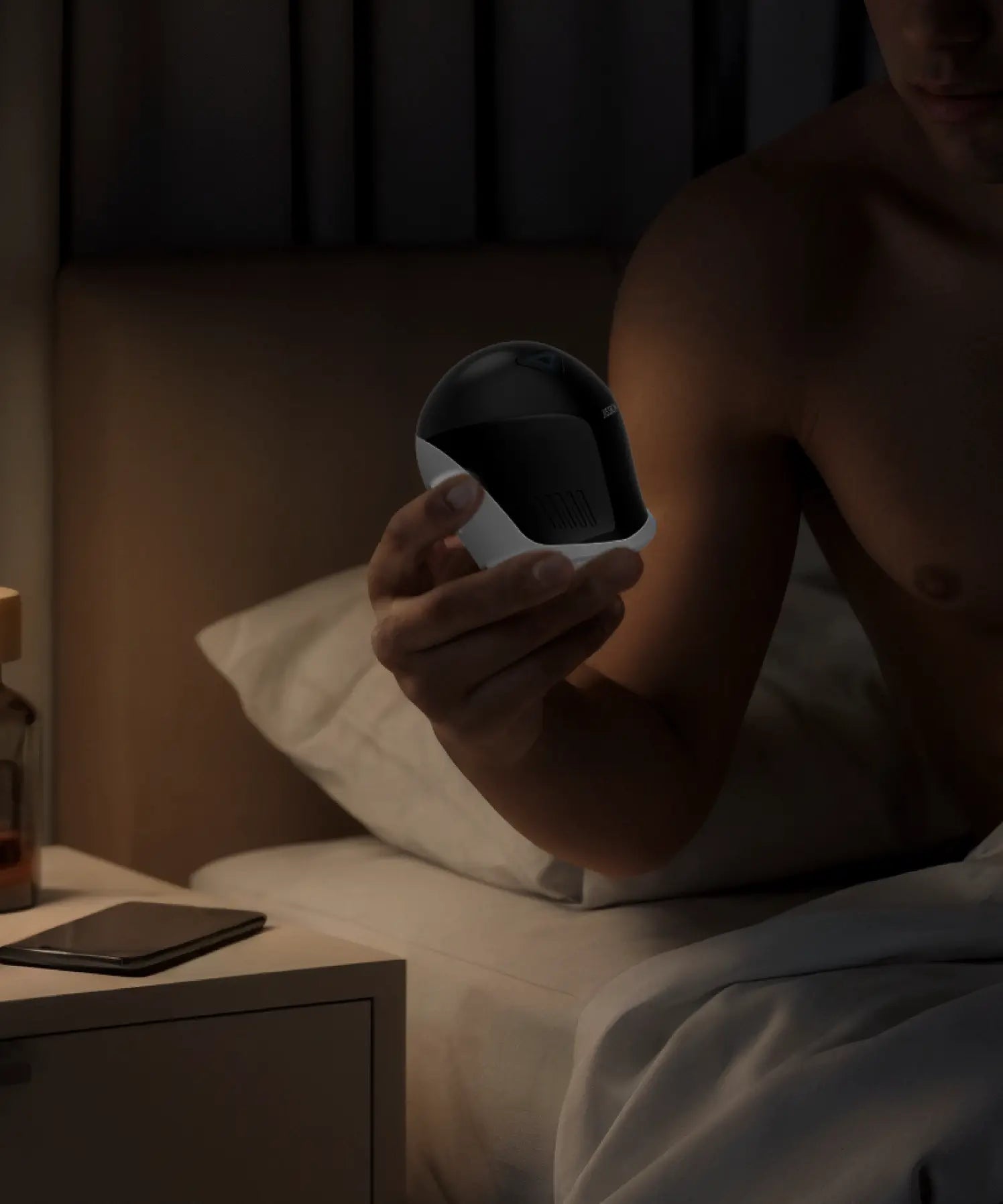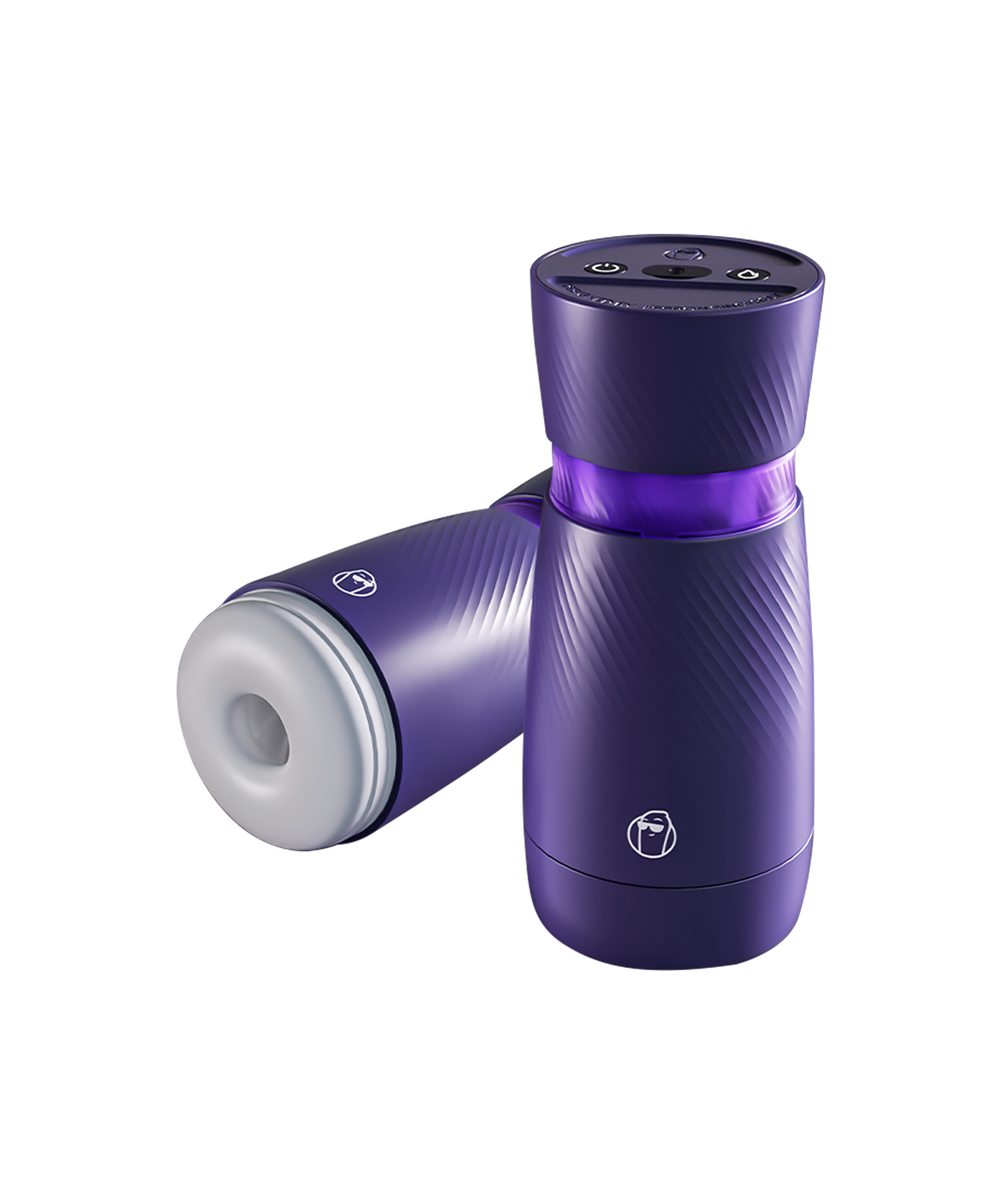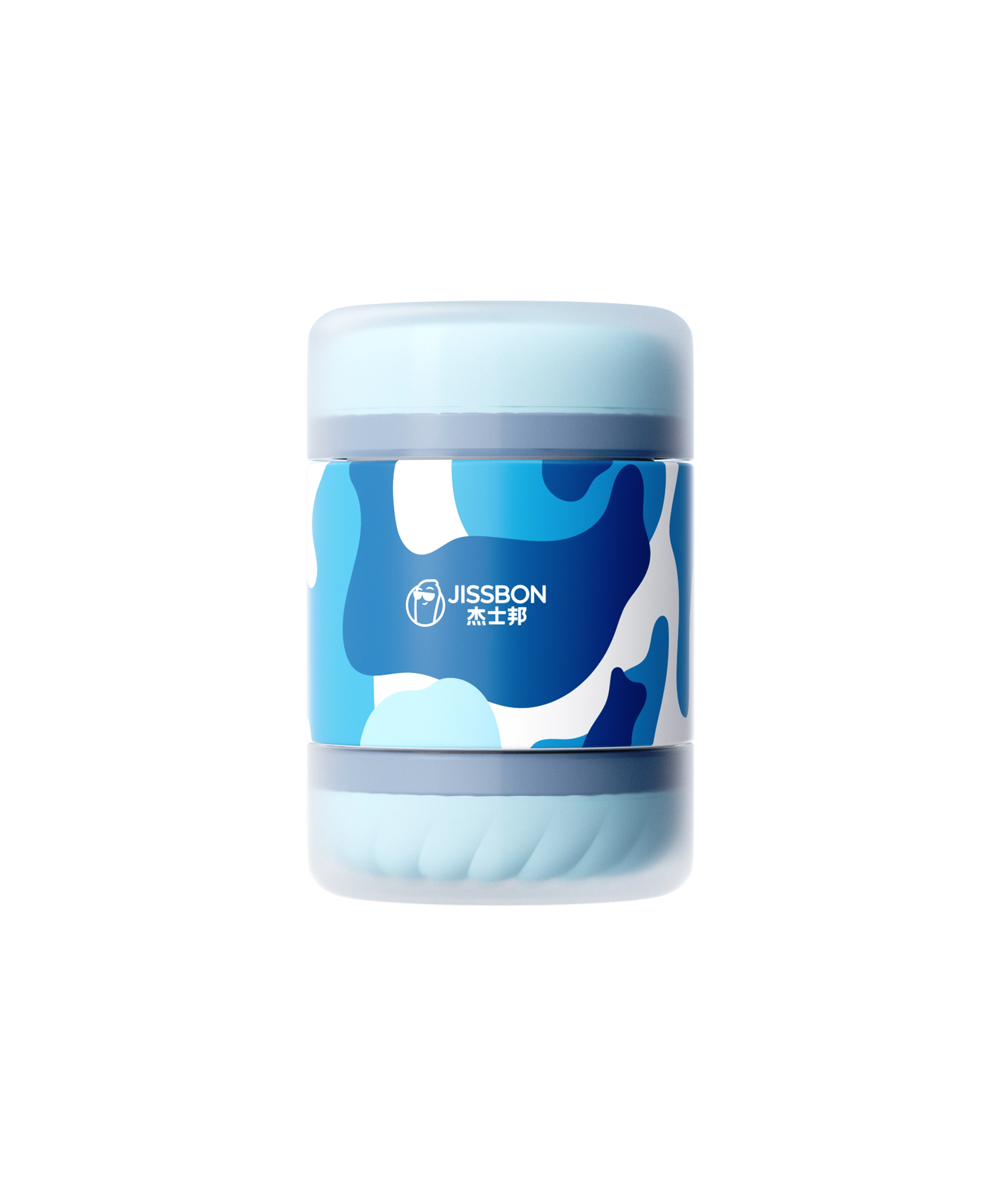If you’re comparing a glass vs silicone dildo, you’re already asking the right question. Material shapes everything—from the feel and pressure to temperature play, lubricant compatibility, cleaning, and long‑term safety. This guide breaks down glass sex toys versus silicone sex toys in plain language so you can pick what suits your body, your budget, and your style.
TL;DR — The Fast Matchmaker
- Choose a glass dildo if you want… firm, precise pressure for G‑spot or prostate, temperature play, super‑smooth glide with any lube, and a toy that’s easy to fully disinfect. Inspect before use; retire if chipped.
- Choose a silicone dildo if you want… soft‑to‑medium flex, lifelike feel, rich variety of shapes and suction bases, and harness‑friendly friction. Use water‑based lube (and avoid silicone lube on silicone toys).
What Are Dildos Made Of? (Materials 101)
Common body‑safe materials include medical‑grade silicone, borosilicate glass, and stainless steel. Porous materials like some PVC “jelly” blends are harder to sanitize. Non‑porous surfaces (silicone, glass, steel) are the gold standard for hygiene and durability.
Silicone (solid, platinum‑cured is best)
- Feel: from plush to semi‑firm; a touch of flex so edges feel gentle.
- Friction: slightly grippier than glass; great in harnesses or with suction cups.
- Hygiene: non‑porous; easy to clean and, for non‑motorized silicone, can be fully sanitized.
Glass (ideally borosilicate/tempered)
- Feel: very firm, ultra‑smooth glide; delivers pinpoint pressure.
- Temperature: holds warmth or coolness beautifully; good for temperature play (safely).
- Hygiene: fully non‑porous; cleans and disinfects easily; safe with any lube. Look for borosilicate glass in product details.
How Each Feels During Play
Pressure & Precision
-
Glass dildo vs silicone: Glass transmits pressure directly—fantastic for G‑spot/A‑spot/prostate seekers who love firm, consistent contact. Silicone’s flex disperses pressure a bit, which many find gentler for longer sessions or first‑timers. (Many reviewers and educators note glass’s firmness as a perk for targeting internal hot spots.)
Temperature Play
- Glass: Warm under a tap or cool in a bowl of cold water for sensory contrast. Test on your wrist first and avoid extremes; warm water—not ovens, microwaves, or freezers—is the safest route.
- Silicone: Doesn’t hold temperature as dramatically, but you can still pre‑warm with body heat or lukewarm water.
Surface Glide
- Glass sex toys = mirror‑smooth glide, especially slick with lube.
- Silicone sex toys = velvety touch; a little more drag (nice if you like control).
Lube Rules That Actually Matter
- Silicone toys + silicone lube: Most mainstream guidance says avoid—silicone lubes can degrade silicone toys over time. Opt for water‑based (or aloe‑based) with silicone toys.
- Glass toys: Compatible with any lube (water‑based, silicone, oil). Still, if you’re using latex condoms, remember oil‑based lubricants weaken latex—stick to water‑based or silicone‑based lube with latex barriers.
Cleaning & Sterilization (The Hygienic Edge)
- Everyday cleaning: Warm water + gentle, unscented soap works well for both silicone and glass.
-
Deeper disinfection (non‑motorized only):
Safety Notes Specific to Each Material
Glass Safety
- Choose borosilicate or tempered glass from reputable makers.
- Before each use, inspect for chips or hairline cracks; retire the toy if any appear. Avoid extreme temperature swings; use warm/cold water, not appliances.
Silicone Safety
- Look for platinum‑cured, medical‑grade silicone.
- Store away from lint and other silicone items to keep surfaces pristine; stick with water‑based lubes to protect the finish.
Durability, Storage & Travel
- Glass: Extremely durable in normal use but can shatter if dropped on tile. Store in a padded pouch and check before packing.
- Silicone: Won’t shatter; can attract lint (wash before play). Light, discreet, and common in suction‑cup or harness‑compatible bases.
Which Feels Better for G‑Spot or Prostate?
There’s no universal winner. Many people prefer glass for firm, sculpted pressure on the G‑spot or prostate; others favor silicone for a little give, textured ridges, and longer sessions without soreness. Try to match the firmness to your sensitivity: firm for direct pressure, flexible for comfort. (Reviewers frequently highlight glass’s ability to hold its shape and pressure on internal hotspots.)
Cost, Longevity & Eco Considerations
- Silicone: Broad price range; great value; long‑lasting when cared for; tons of shapes and sizes.
- Glass: Often artisanal and mid‑to‑premium in price; also long‑lasting; non‑porous and easy to fully sanitize; compatible with all lubes and beloved for temperature play; can be recycled locally depending on type.
The “Feel” Checklist (So You Choose Right the First Time)
- Sensitivity level: Need softer entry? Start with silicone. Love “just press there”? Try glass.
- Arousal style: Like slow grinding and pressure? Glass shines. Prefer thrusting with cushion? Silicone flex helps.
- Play style: Temperature play + easy deep clean = glass. Harness or suction‑cup adventures = silicone (more friction to stay put).
- Lube preferences: If silicone lube is your go‑to, glass is universally compatible; if you’re fine with water‑based lube, either works.
- Anal safety: Whichever you choose, insist on a flared base.
Step‑by‑Step: First Session With Each
With a Glass Dildo
- Warm safely: Rinse under warm water; test temperature on your wrist.
- Lube generously: Any lube is fine (remember latex‑condom rule with oils).
- Start shallow: Feel the weight and pressure; add slow circles or “come‑hither” motions for G‑spot.
- Clean & check: Wash; inspect for chips; store in a padded pouch.
With a Silicone Dildo
- Lube smart: Use water‑based to protect the surface.
- Angle + flex: Let the toy’s give work for you; adjust angle until the curve meets your hotspot.
- Harness/suction play: Silicone’s friction helps stability.
- Clean & air‑dry: Warm water + mild soap; deeper disinfection for non‑motorized silicone when needed.
What If You Want Pressure and Vibration?
Dildos are typically non‑vibrating. If you love firm pressure but want rumbly intensity, consider a curved G‑spot vibrator. Explore G‑Spot Vibrators or try a sleek option like G‑Spot Vibrator for targeted internal stimulation plus vibration.
Final Verdict: Silicone vs Glass
There’s no absolute “winner” in silicone vs glass—there’s only your best match.
- Pick glass if you want: firm precision, temperature play, and universal lube compatibility.
- Pick silicone if you want: gentle flex, harness/suction options, and lifelike feel.
Whichever you choose, keep it non‑porous and body‑safe, use appropriate lube, clean thoroughly, and listen to your body. If you decide you want pressure plus buzz, browse our G‑Spot Vibrators—a curved vibe like Pink Heart Vibe G‑Spot Vibrator can deliver both.
Frequently Asked Questions:
Are glass sex toys actually safe?
Yes—when made from borosilicate/tempered glass, inspected before use, and not exposed to extreme temperature swings. Glass is non‑porous, easy to disinfect, and compatible with any lube. Retire immediately if you see chips or cracks.
Can I use silicone lube on silicone sex toys?
General guidance: avoid silicone lube on silicone toys because it can degrade the surface over time. Use water‑based lube with silicone toys; choose any lube with glass (but skip oils with latex condoms).
Which is better for beginners—glass vs silicone dildo?
If you’re sensitive or new to penetration, silicone often feels more forgiving. If you crave deep, direct pressure (and want to explore temperature play), glass is fantastic. Both are non‑porous and body‑safe when bought from reputable makers.
How do I clean each material properly?
Daily: warm water + mild soap. For non‑motorized toys: boil briefly or use a 10% bleach solution (rinse thoroughly). Follow the manufacturer’s instructions.
What are dildos made of—and which materials should I avoid?
Body‑safe favorites: medical‑grade silicone, borosilicate glass, stainless steel. Be cautious with porous “jelly” blends or toys with vague material labeling; non‑porous materials are easier to sanitize and less likely to harbor bacteria.
